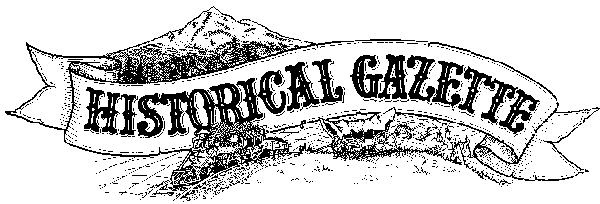Volume Five, Number One
Windows on the Past
Portland, Oregon 1977-1997
--Oregon’s Preservation Spirit-- Windows are a frame of reference to which everyone can relate. Often, though, the reflection in the glass is as important as the view outside the window.
Our collective past, which we learned about through our schools, our families and our experiences, remains a hazy visage—kind of like remembering a dream when you first wake up.
Without the historic homes and commercial buildings, without the covered bridges and our emigrant trails how would Oregon appear today? What would Oregon’s reflection be without the foresight of people who cherish the view from that window?
Twenty years may not seem so long in the pre-historic way of looking at time, but in 20 years, the Historic Preservation League of Oregon (HPLO) has made giant strides in preservation of our treasured past and is proud of the legacy it leaves to future generations of Oregonians.
What began as a small group of 70 concerned citizens in 1975, meeting at an educational gathering in Eugene, incorporating as an organization in 1977, has grown to a statewide non-profit organization boasting more than 1200 members.
Individually and collectively the HPLO has proved instrumental in identifying, documenting and advocating for the preservation of many of Oregon's most historic landmarks. Additionally, the HPLO has helped Oregon to shape laws benefiting the preservation of historic properties.
Working with the State Historic Preservation Office (SHPO) on many projects created a cohesive, politically pro-active organization. One collaborative effort occurred in 1979 when one of the state’s leading lights of historic preservation, Elisabeth Walton Potter, National Register Coordinator for SHPO, worked with members of the HPLO Board of Directors on a two-year study that resulted in the listing of 46 of Oregon’s covered bridges on the National Register of Historic Places.
Again in 1979, the HPLO supported the efforts of the City of Astoria as they identified more than 400 buildings, many of them houses, considered historically significant. Survey work continued that year in the rural northeastern community of Elgin as their local survey discovered the Methodist Church dated back to 1888.
During the HPLO’s “Spring Rally” in 1980, more than 100 members met at the Albany armory to watch slide presentations by HPLO members Architect George McMath (now an honored HPLO Steward), then Mission Mill Museum Curator Tony Reid, and former Deputy SHPO David Powers. The meeting’s theme involved the historic districts of Albany and the heritage of the National Register Monteith House. Architect Philip Dole, on faculty at the University of Oregon and a HPLO steward, announced the beginning of the first university-level program in historic preservation in the West. Field work for the entering students of the University of Oregon’s new historic preservation program would include recently-designated properties in Albany’s historic districts.
During the early years, the HPLO laid the foundation for its future endeavors. In 1977 George McMath chaired the HPLO Legislative Committee, working with legislators to put the laws in place that would help to save some of the state’s most treasured sites for generations to come. That same year, in October, the HPLO hosted its first Governor’s Conference on Historic Preservation in Oregon’s first National Register District - Jacksonville. excerpted from the front page
-- written by Bridget E. Smith, H.G. with Heather Kmetz, HPLO, as excellent editor.

